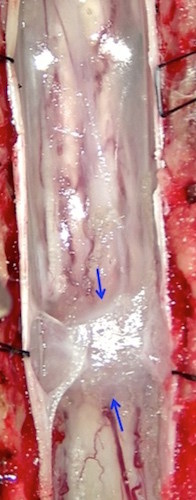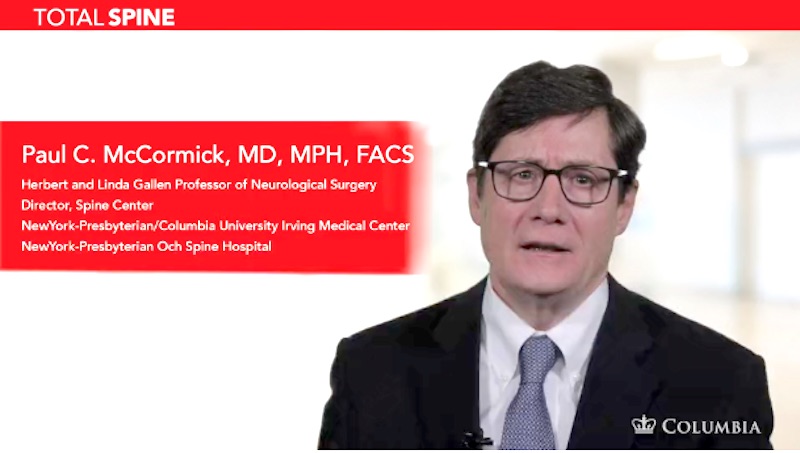 What do spider webs have to do with spinal cords? The answer can be found in a thin, gauzy layer of tissue, called the arachnoid membrane, which surrounds and protects the spinal cord.
What do spider webs have to do with spinal cords? The answer can be found in a thin, gauzy layer of tissue, called the arachnoid membrane, which surrounds and protects the spinal cord.
Scientists who first discovered this membrane gave it a name based on the Greek word for spider, “Arachne,” as it resembled a spider’s web.
In rare cases, a small section of the membrane, which surrounds the spinal cord, can thicken and form a dense band called an arachnoid web. This web is far more intricate than a regular spider web, though, which stays mostly in a two-dimensional plane. This web of tissues and fibers is in three dimensions, and it is connected to a living spine.
An arachnoid web can put undue pressure on the spinal cord and lead to permanent damage. Depending on the location of the arachnoid web, symptoms might include pain, numbness and tingling in the arms or legs, or difficulty walking. Arachnoid webs are rare and difficult to diagnose. Their symptoms can be similar to other problems such as spinal cord herniation.
In a video supplement published recently in the Journal of Neurological Surgery, Dr. Paul McCormick demonstrates the identification and surgical removal of an arachnoid web. Dr. McCormick begins his video by showing the MRI images that led to his patient’s diagnosis. Then he demonstrates the surgery using a microscope and tiny tools (microsurgery) that he uses to identify and remove the arachnoid web.
The video shows the surgeon’s painstaking treatment of the many membranes and layers that surround the spinal cord.
Dr. McCormick narrates the video: he gives tips for separating layers; he points out potential complications; he demonstrates how to find the best “line of excision” for the arachnoid web.
When the arachnoid web is finally removed, it is revealed to be a wobbly little bit of tissue only about half the width of a finger. But removing the tiny web has a big effect–it resolves the patient’s symptoms.
This video is part of a series published by Journal of Neurological Surgery, and they are intended to inform and educate other neurosurgeons, and physicians who treat these kinds of patients. Learn more about the series here.
Neurosurgeons, patients and any other interested parties can watch Dr. McCormick’s video of arachnoid web surgery here. Be aware though that this is a graphic and close-up view of surgery. It should be viewed only by interested adults, and with caution.
Learn more about Dr. McCormick on his bio page here.


